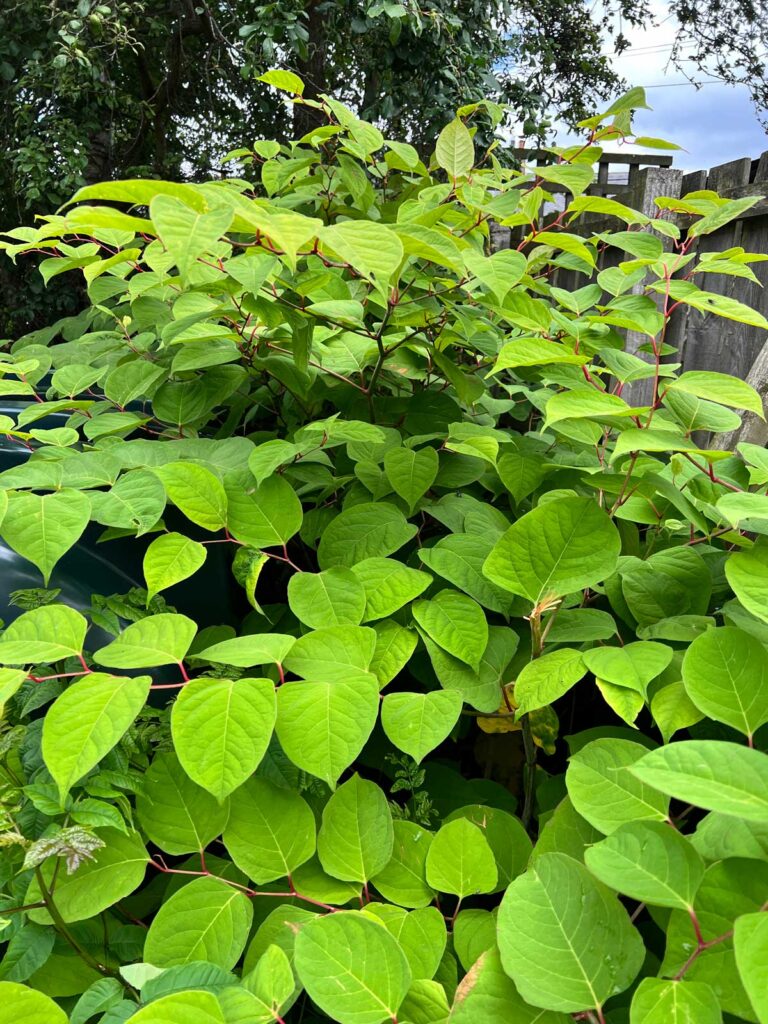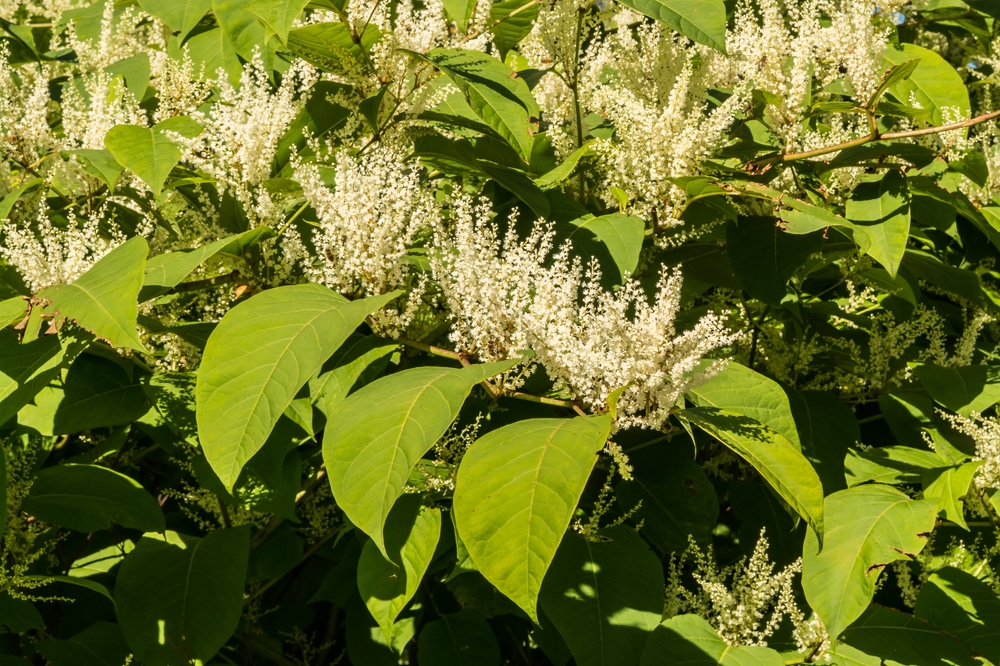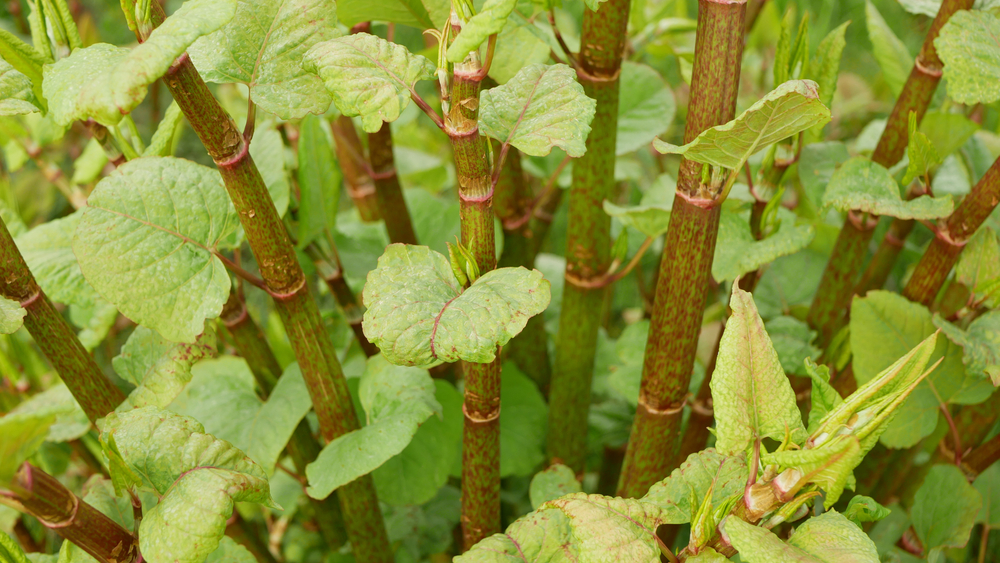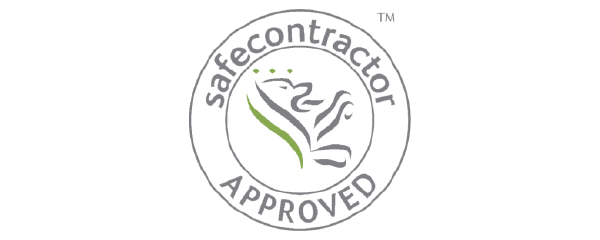Japanese Knotweed is a resilient and aggressive plant that has earned a notorious reputation for its ability to wreak havoc on landscapes, infrastructure, and ecosystems. But what exactly is Japanese Knotweed, and why is it such a cause for concern?
Japanese Knotweed: what is it?
Japanese Knotweed, scientifically known as Fallopia japonica or Reynoutria japonica, is a perennial plant native to East Asia, including Japan, China, and Korea.
Introduced to Europe and North America in the 19th century as an ornamental plant, Japanese Knotweed was initially prized for its attractive appearance and hardy nature. However, its rapid growth and tenacious spreading soon led to it being classified as an invasive species in many regions.



Characteristics and habitat
One of the most striking features of Japanese Knotweed is its rapid growth rate. In optimal conditions, Japanese Knotweed can grow several centimetres in a single day, quickly forming dense thickets that crowd out native vegetation.
Its extensive root system, which can reach depths of up to three metres and spread several metres horizontally, enables it to outcompete other plants for nutrients, water, and space.
Despite its name, Japanese Knotweed is not limited to any specific habitat. It thrives in a wide range of environments, from riverbanks and roadsides to urban areas and gardens.
Its ability to grow in diverse conditions, including poor soil and areas with high levels of pollution, further contributes to its success as an invasive species.

Impact on environment and infrastructure
The impact of Japanese Knotweed extends beyond its ability to outcompete native plants. Its robust root system can also pose a significant threat to infrastructure, such as buildings, roads, and flood defences.
The roots can penetrate through cracks in concrete and asphalt, causing structural damage and costly repairs. In addition, the presence of Japanese Knotweed can decrease property values and make it challenging to obtain mortgages or insurance.
Control and Management
Efforts to control Japanese Knotweed are often challenging due to its resilience and regenerative capabilities. Traditional methods such as cutting, digging, or using herbicides may provide temporary relief but are rarely sufficient to eradicate the plant.
The improper disposal of Japanese Knotweed fragments can lead to further spread, making containment and management efforts even more difficult.
The best way to guarantee the complete and thorough removal of Japanese Knotweed is with an eradication company. At Inspectas Land Remediation, we provide a Knotweed Management Plan (KMP) that is managed by our friendly and approachable operations team.
The KMP will include an assessment of the extent of the infestation and severity of impact on the current or proposed future use of the property or land.
Book a FREE Japanese Knotweed Survey with Inspectas
Time is of the essence when it comes to dealing with all kinds of invasive weeds, and the sooner that Japanese Knotweed is correctly identified, the quicker it can be addressed, controlled, and ultimately eradicated.
If you suspect that you have Japanese Knotweed on your land, the first thing you need to do is arrange a survey – and we can be with you in under 48 hours (including weekends).












